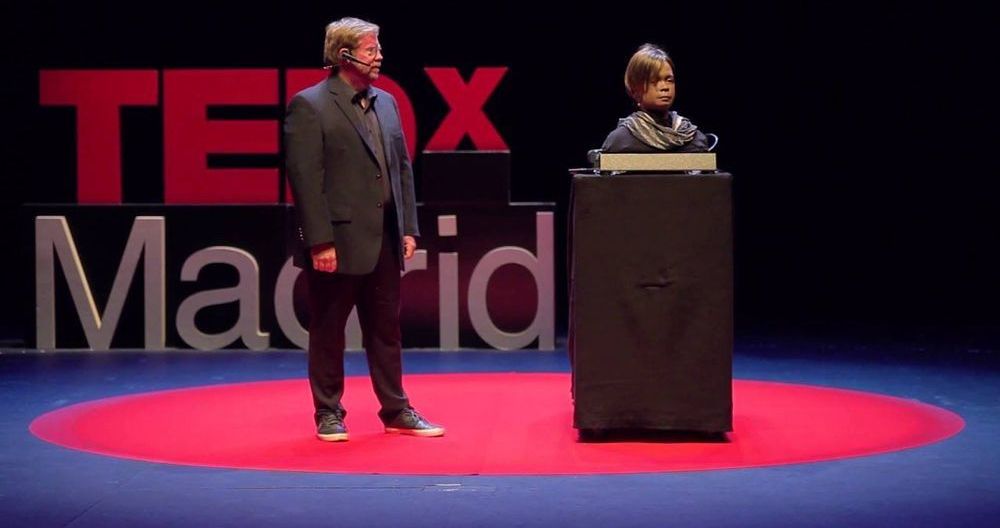Liz in this video is speaking to the mormons. THE MORMONS do not care a lot for me. Mostly due to when they push their thoughts that are wrong I push back. {I dealt with one of their prophets Years ago} and some of the minds of this day, their wrong-thoughts are the same as in 2003–4. When one is adjusting their comments, they then freak out and begin attacking your truth that moved their comments-thoughts out of the way. The truth will cut you loose. Respect r.p.berry & AEWR wherein the many causes of aging have been found and a cure located by our Data research. We search for partners-investors to now join us in agings end…
At the 2018 Conference of the Mormon Transhumanist Association, held 7 Apr 2018 at the Marriott Hotel and Conference Center in Provo, UT, speakers addressed the themes of Mormonism, Transhumanism and Transfigurism, with particular attention to topics at the intersection of technology, spirituality, science and religion. Members, friends and critics of the association have many views. This is one of them. It is not necessarily shared by others.









